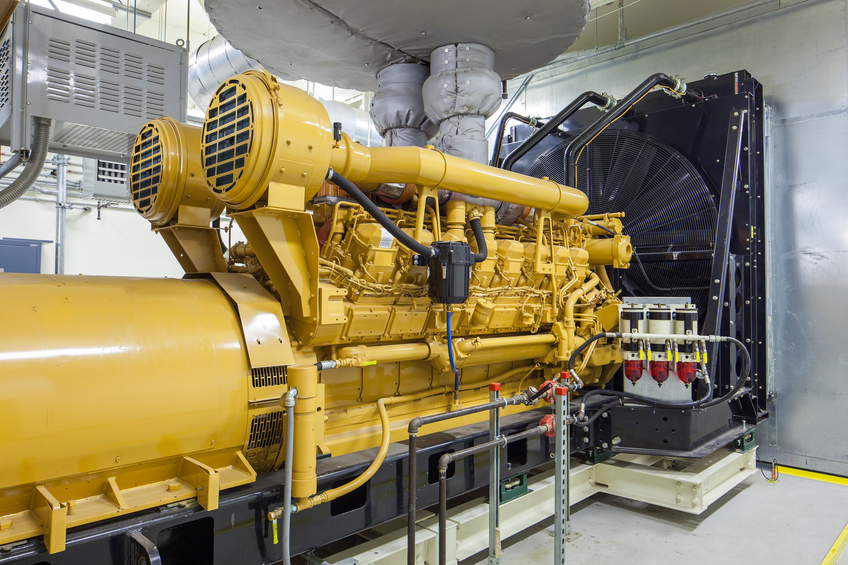DC Generators and Motors

This online engineering PDH course discusses salient features of DC motors and generators in detail.
A direct current generator, or DC generator, produces a voltage of constant polarity, which means the voltage and current do not change over time. DC generators are basically AC generators whose output voltage is switched the other way round at the proper moment, so that the direction of the voltage is always in a single direction. The AC generator uses slip rings to transfer the current to the electrical circuit, while the DC generator uses a split-ring commutator.
A direct current electric motor, or DC motor, is very similar to a generator, except that power is provided to turn the rotors. They may, in fact, be described as generators "running backwards". When current is passed through the armature of a DC motor, a torque is generated by magnetic reaction, and the armature revolves. Adjustable speed is difficult to obtain with motors whose armatures are connected to fixed frequency power lines (AC motors). Here is where DC motors shine; their rotating field speed depends on the rotor speed itself. The speed of DC series motors varies with load, and torque varies inversely with speed. This makes them particularly suitable to starting high inertia loads such as railway trains.
This 4 PDH online course is applicable to students, professional engineers, service technicians, energy auditors, operational & maintenance personnel, facility engineers who are interested in gaining a better understanding in DC generators and motors.
This PE continuing education course is intended to provide you with the following specific knowledge and skills:
- State the principle by which generators convert mechanical energy to electrical energy
- State the rule to be applied when you determine the direction of induced emf in a coil
- State what component causes a generator to produce direct current rather than alternating current
- State how field strength can be varied in a dc generator
- State the three classifications of dc generators
- State the term that applies to voltage variation from no-load to full-load conditions and how it is expressed as a percentage
- State the factors that determine the direction of rotation in a dc motor.
- State the right-hand rule for motors
- Describe the main differences and similarities between a dc generator and a dc motor
- List the advantages and disadvantages of the different types of dc motors
- Discuss the means of controlling the speed and direction of a dc motor
- Explain the need for a starting resistor in a dc motor
In this professional engineering CEU course, you need to review Chapters 1 and 2 of Module 5 titled "Direct Current Generators" and "Direct Current Motors" of the Naval Education and Training Materials (NAVEDTRA 14177), Electricity and Electronic Training Series.
Upon successful completion of the quiz, print your Certificate of Completion instantly. (Note: if you are paying by check or money order, you will be able to print it after we receive your payment.) For your convenience, we will also email it to you. Please note that you can log in to your account at any time to access and print your Certificate of Completion.